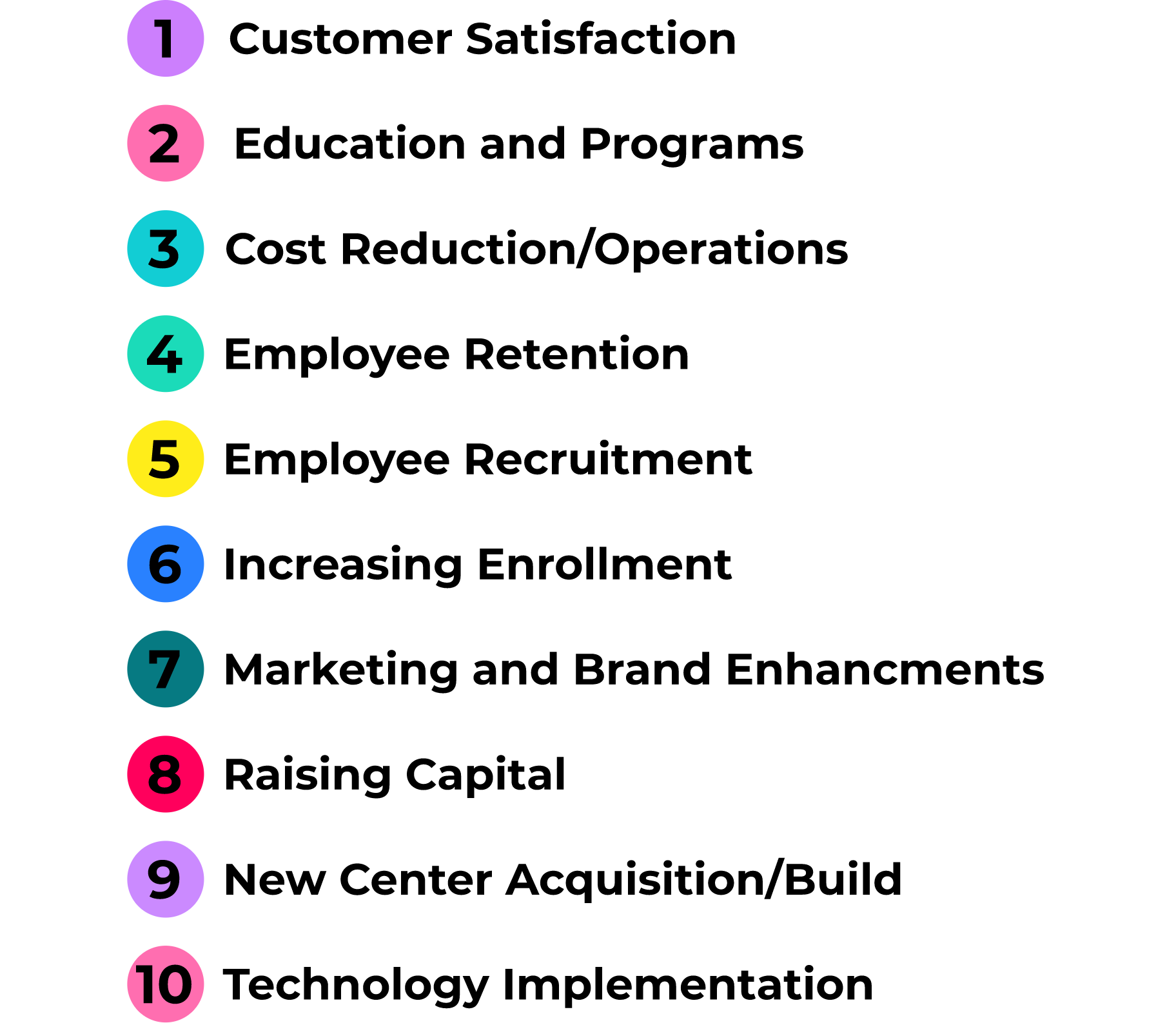How does your childcare center compare?
Download the 7th Annual Childcare Industry Snapshot and see how your center compares to thousands of others from across North America and around the world. Brought to you by HiMama!
This year is our biggest installment yet, with more responses to our annual survey than ever before PLUS a special report on gross income for private daycares in the United States with data from over 140,000 childcare providers!
The 2022-2023 Childcare Industry Snapshot contains insights on:
Financials
It should come as no surprise to anyone in childcare–customer or provider–that costs are on the rise. Increases in childcare center revenue resulting from inflation are likely being offset by the higher costs of recruiting and retaining staff due to the ongoing labor shortage.
Revenue and Net Income
Revenue = The total amount of money that a business collected.
Net Income = The amount of money left after all operational costs are subtracted from the revenue.
For a significant majority of respondents, revenue in 2022 either increased (41%) or stayed the same (30%) compared to 2021. The majority of respondents also saw their net income either increase or stay the same, at 34% and 29%, respectively. The number of centers reporting decreased net income (37%) was larger than those reporting decreased revenue (29%).

Educator Salaries
Almost a quarter of our respondents reported earning $30,000 - $40,000, with 21% earning 20-30k and 18% earning 40-50k. Approximately 1 in 5 of the early childhood educators we surveyed are still earning $20,000 or less. Given the recent sharp rise in inflation, the need for additional funding at all levels in childcare is all the more pressing.

Operations
Three years after the beginning of the COVID-19 pandemic, child care providers are continuing to face operational challenges. Finding ways to get time back from planning, payments, and parent communications can make a world of difference.
Enrollment Rates
While this year’s survey saw an increase in enrollment rates compared to the beginning of the pandemic, this is more than likely due to the ongoing shortage of childcare providers and the lack of accessibility that results from it. While additional government funding for child care has been unlocked to address this issue, we have yet to see its full impact in the industry.

Staffing
Fewer centers reported being understaffed in this year’s survey (40%), even compared to our measures before the pandemic. However, with the total number of childcare jobs still well below pre-pandemic levels, we suspect that fewer centers are reporting understaffing because many of those that were understaffed have either closed classrooms, or closed altogether.
Organization
Childcare center owners, directors, and administrators are still facing many of the same organizational challenges they were when the pandemic began.
Risks for 2023
When it comes to risks, the rankings for 2023 are exactly the same as for 2022. Given the high volume of responses this year and the variations we’ve seen elsewhere, it seems safe to say that this is not a fluke. Between the rise of inflation and ongoing staffing shortages, worries about operational risks would naturally follow suit. These risks reinforce the need to invest in the vitally important work of early childhood educators.

Priorities for 2023
Customer satisfaction continues to reign supreme as the Number 1 priority for childcare centers, but the really interesting results are in the subsequent rankings. Employee retention has dropped from second to fourth highest priority, supplanted by Education and programs and Cost reduction/operational efficiencies. The rest of the list has remained static, with the exception of Technology implementations and New center acquisition/build trading positions.

About the Industry Snapshot
The Childcare Industry Snapshot is an annual report presented by Lillio. Surveying child care providers across the United States and Canada, this report presents a comprehensive snapshot of the state of the child care industry. It is this report’s goal to provide meaningful data for providers, families, researchers and policymakers to make informed decisions in order to better serve our communities by improving learning outcomes for children ages 0-5.

